The Maltese Cross Movement

The “Maltese Cross” system was at the heart of the cinema machine in its infancy. This was the mechanism that originally dissected the continuity of vision in the camera and also reassembled it in the projector. Keewatin Dewdney uses it as the central motif in this fascinating film, which not only addresses the nature of cinematographic illusion, but also plays in a witty way with the cognitive relationship between word and image. The Maltese Cross Movement reads like a rebus. In the process of its decoding, the deep-rooted process of attributing meaning is reversed, and in doing so generates a turbulent counter current which carries us along to the edge of the logics of meaning.
Associations
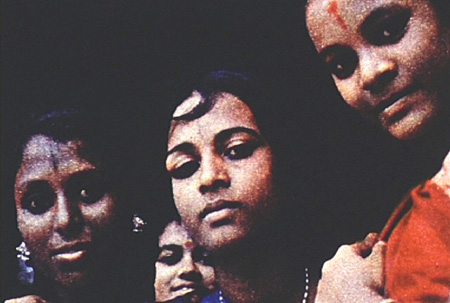
Images from magazines accompany a spoken text taken from Word Associations and Linguistic Theory by the renowned psycholinguist Herbert H. Clark. By cleverly using the ambiguities of the English language, language is set against itself. The connections, often humorous, have a disorienting effect on the process of creation of meaning. Depending on the viewer’s point of view, image and work together (or against) each other to create (or destroy) meaning.
Word Movie (Fluxfilm 29)
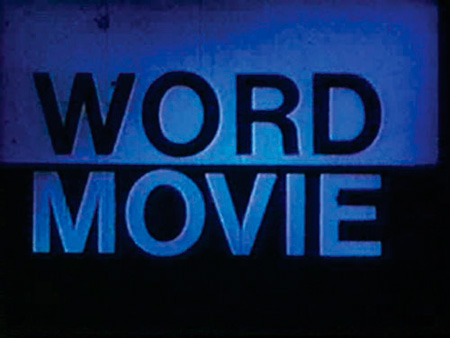
One of the guiding principles of Paul Sharits’s work is the investigation on the relationships between language and film. Both systems share a certain linearity, but also a structure which can be divided into discreet elements. “A method of empirically probing the cinema system is to allow several redundant and permutating parts to rub against each other in time; emergents from such systematic interactions can be regarded as natural macroscopic representations of microscopic cinematic elements” (PS). One of the first experiments of that investigation is Word Movie, in which each frame corresponds to a word. Following a series of permutations, a game between spoken and written words and images emerges.
Secondary Currents
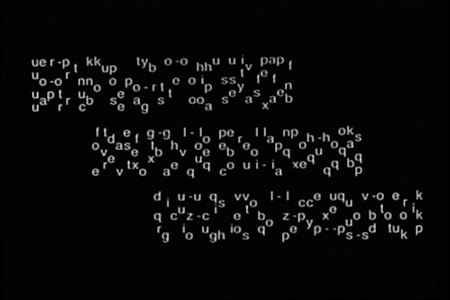
An “imageless” film about the relationships between mind and language. Delivered by an improbable narrator who speaks an extended assortment of nonsense. The shifting relationships between the subtitled narration and the voice-over commentary constitute a peculiar duet for voice, thought, speech and sound. A kind of comic opera, but also a dark metaphor for the order and entropy of language. “I’m an escape artist. I aspire to travel in the fifth dimension, to speak unknown languages, to discover the next stage in the evolution of thought. I construct structural parables that allude to the possibility of there being more to the universe than is permitted by our explanations.” (PR)
Around and About
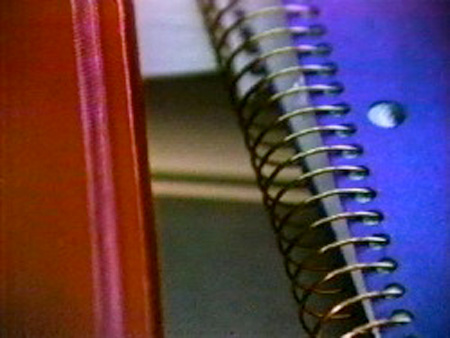
Gary Hill’s work is guided by a desire to conciliate the processes that link language to the moving image. In this video, images from the interior of Hill’s office are synchronised to the syllables of a spoken text, dedicated to a lost love. An intimate dialogue, an “organic automation” occurs as the speech pushes the images forward, beyond the screen’s limits. “It was almost as if I wanted to abuse the images, push them around, manipulate them with words. Maybe I was trying to expand this tiny little space, persuade the woman I lived with of the art-life paradox in plain English. On both accounts, I failed.” (GH)
Sotiros
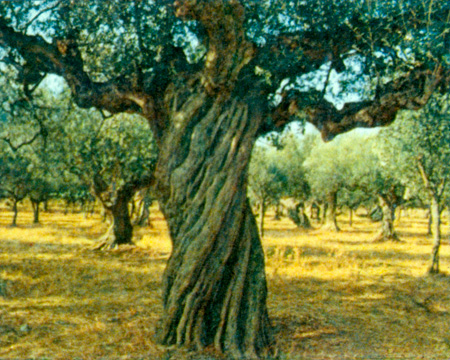
“In Sotiros, there is an unspoken dialogue and a seen dialogue. The first is held between the inter titles and the images; the second is moved by the tripod and by the emotions of the filmmaker. Both dialogues are interwoven with the sunlight’s movement as it circles the room, touching each wall and corner, detached and intimate”. “The spectator must discover why an image was chosen to be represented; the silence of such a discovery becomes a moment of release. It is not the film maker’s work to tell you: his work is to make the film and to protect what he does, in the serenity of a thought without words, without the quality in words which would destroy what he intends to represent. The point from which to begin then, is with the eye of the spectator, the first sense, and proceed to the others, as he recognizes the presence which becomes awareness. This is not a matter of understanding a film’s content in one way or another; rather the viewer creates an order within himself, and this order is as conscious as Language”. (RB)